
Scar Seal Silicon Gel
₹690.00
Add to cartScar Seal Gel contains topical self-drying silicone gel which is relatively recent treatment modality promoted as an alternative to topical silicone gel sheeting. Patients with scars of different types including superficial scars, hypertrophic scars, and keloids were treated with silicone gel application.
Free
Worldwide Shopping
100%
Guaranteed Satisfaction
30 Day
Guaranteed Money Back
- Silicone Gel
- Peptides
- Ceramides
- PEG 12 Dimethicon
- Aelovera
- Silicone Gel: The advantages of silicone gel include easy administration, even for sensitive skin and in children. It can be applied for any irregular skin or scar surfaces of the face, moving parts (joints and flexures) and any size of scars.
- Peptides: Peptides are short chains of amino acids, the building blocks of proteins. In skincare products, peptides help increase collagen production and elasticity, Dr Geeta Yadav, MD, a dermatologist and founder of Facet Dermatology, told Health. Collagen is a protein that helps build your skin, bones, and cartilage
- Ceramides:. Ceramides are lipids, which are fatty acids that are produced in the sebaceous glands. Ceramides help to moisturise and strengthen the protective skin moisture barrier, and protect the skin from external aggressors such as weather and pollution
- PEG 12 Dimethicon: PEG-12 Dimethicone is a silicone blend of dimethicone and polyethylene glycol, generously used to give formulas a smooth feel, promote spreadability and add lubrication. It acts as a surface tension depressant, skin conditioning agent, wetting agent, emulsifier and foam builder in a wide variety of beauty products and cosmetics.
- Aloevera : It is a succulent plant species. Extracts from Aloevera are widely used in the cosmetics and alternative medicine industries being marketed as variously having rejuvenating, healing, soothing and moisturising properties. Aloevera gel is also widely used topically as a remedy for skin conditions including Burns, Sunburn, Frostbite, Psoriasis and cold sores. Some chemicals in Aloevera seem to be able to increase.
- Increases hydration of stratum corneum and thereby facilitates regulation of fibroblast production and reduction in collagen production. It results into softer and flatter scar. It allows skin to “breathe”
- Protects the scarred tissue from bacterial invasion and prevents bacteria-induced excessive collagen production in the scar tissue
- It modulates the expression of growth factors, fibroblast growth factor β (FGF β) and tumor growth factor β (TGF β). TGF β stimulates fibroblasts to synthesize collagen and fibronectin.
- FGF β normalizes the collagen synthesis in an abnormal scar and increases the level of collagenases which breaks down the excess collagen.
- It helps make a balance of fibrogenesis and fibrolysis.
- Reduces itching and discomfort associated with scars.
- Surgery
- Burns
- Cuts/Injury
- Post C-Section
- Stretchmark’s
- Post Cosmetic Procedures
- Keloids
- Post Plastic Surgery
Scar Seal Gel by Andosa Lab
Advanced Scar Care for Clearer Skin
Have you ever noticed a mark on your skin from a scratch, cut, or burn? Those marks, known as scars, can stick around and sometimes make us feel a bit shy about them. At Andosa Lab, we’ve crafted a special solution called Scar Seal Gel to help you care for your scars and make them less noticeable.
What Is Scar Seal Gel?
We’re proud to introduce Scar Seal Gel, a product made by our team at Andosa Lab. Our company is all about creating smart, skin-friendly solutions, and this gel is one of our best. It’s designed to help with scars—those little reminders of cuts, burns, surgeries, or even stretch marks. When you use our gel, it softens scars and helps them blend into your skin over time. It’s simple to use and works wonders—keep reading to find out how!
How Does Our Scar Seal Gel Work?
Your skin is amazing—it protects you every day. When it gets hurt, it jumps into action to heal itself by growing new skin. Sometimes, though, it makes too much collagen (a building block of skin), which can leave scars thick or raised. That’s where Scar Seal Silicon Gel comes in. We’ve made it to calm down that extra collagen, so your scar gets flatter and smoother.
Once you apply it, our gel dries on its own and forms a shield over the scar. This keeps out germs that could make things worse. Plus, it lets your skin breathe, which is key for healing. Over time, your scar starts looking better and feeling softer—all thanks to a little help from us at Andosa Lab.
What’s Inside Scar Seal Gel?
We’ve packed Scar Seal Silicon Gel with ingredients that your skin will love. Here’s what makes it work so well:
Silicone Gel: The star of our product! It’s safe, gentle, and perfect for all scars—big, small, or even on your face. Kids can use it too!
Peptides: These tiny helpers tell your skin how much collagen to make. They keep scars from getting too thick while keeping your skin strong.
Ceramides: These natural fats lock in moisture and protect your skin from things like wind or dirt.
PEG-12 Dimethicone: This makes our gel silky and easy to spread, so it covers your scar just right.
Aloe Vera: Straight from nature, aloe vera calms your skin and makes the gel feel extra soothing.
Why You’ll Love Using Scar Seal Gel
When you choose Scar Seal Gel from Andosa Lab, you’re giving your skin some big benefits. Our gel keeps your scar from drying out, which helps it heal the right way. It stops too much collagen from building up, so your scar softens and flattens out. That’s great because bumpy scars can feel uncomfortable.
Our gel also guards your scar from germs and balances how your skin heals. If your scar itches or feels tight, the gel can ease that too. We’ve made it to help you feel better about your skin, one day at a time.
What Kinds of Scars Can We Help?
No matter how your scar happens, Scar Seal Gel is here for you. Here are some scars it works on:
Cuts from a fall or scrape
Burns from something hot
Surgery marks, like from a C-section or other procedures
Stretch marks from growing fast
Keloids (those big, raised scars)
Scars from cosmetic treatments
When Should You Start Using Our Gel?
For new scars, we suggest starting Scar Seal Gel a few days after your cut closes or about a week after surgery. Using it early helps your scar heal nicely from the start. But don’t worry if your scar is older—it’s never too late! Our gel can still soften it up and improve how it looks.
How to Use Scar Seal Silicon Gel
Applying our gel is super easy. Here’s what we recommend:
Squeeze a small dab of gel onto your fingers—just enough to cover your scar.
Rub it gently onto the scar for two or three minutes.
Leave a thin layer on top to protect it.
What Makes Scar Seal Silicon Gel Special?
We think Scar Seal Gel stands out for a lot of reasons. It dries fast and feels light, so you can get on with your day. It’s gentle enough for sensitive skin and packed with ingredients your skin naturally loves, like aloe vera and ceramides. Plus, it helps your skin heal the way it’s supposed to by keeping everything in check.
Our gel doesn’t just cover up scars—it helps them fade over time. That’s why so many people trust Andosa Lab for their scar care.




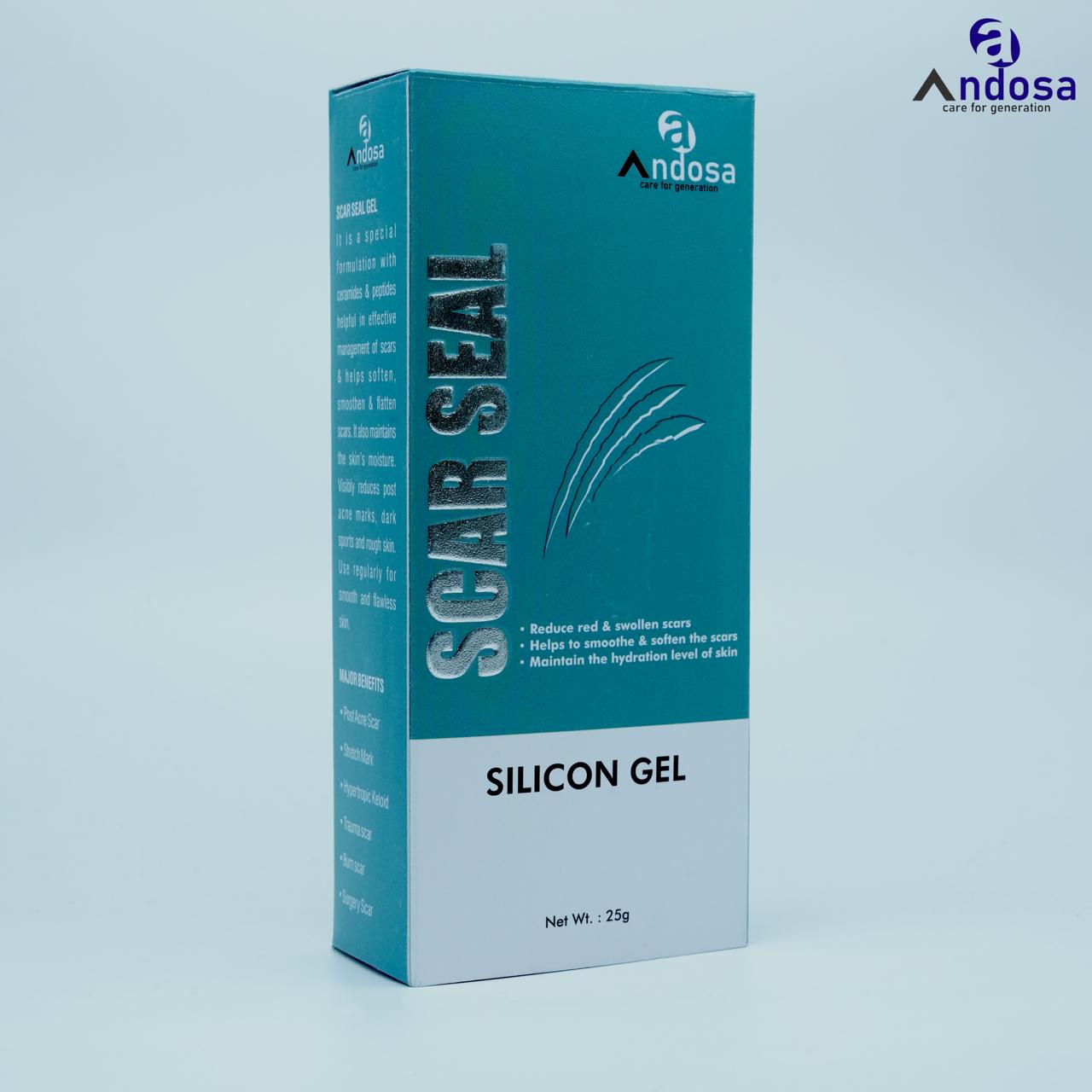
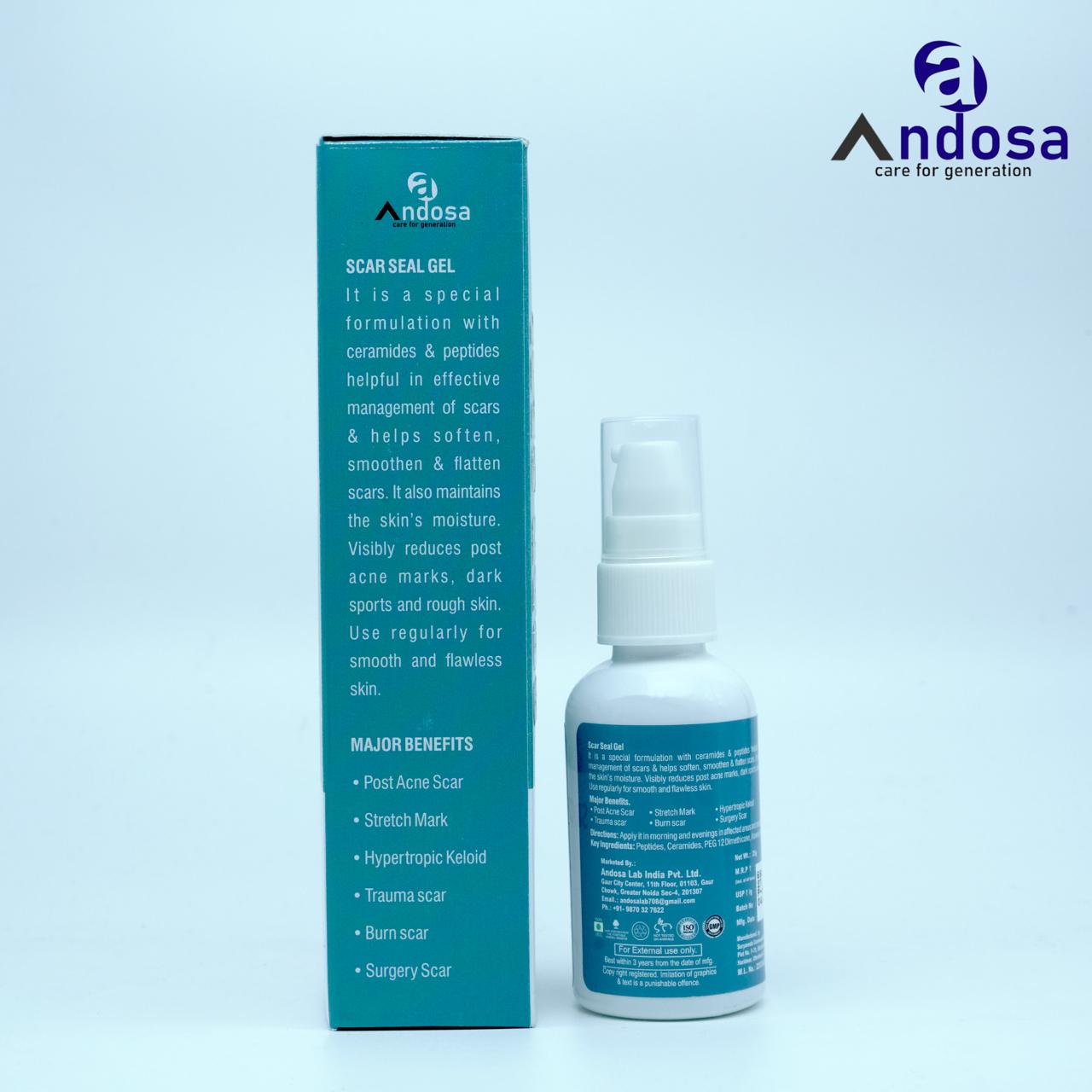


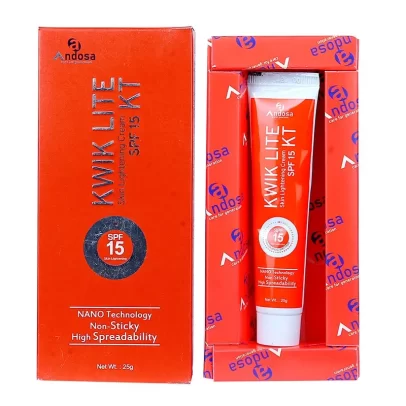


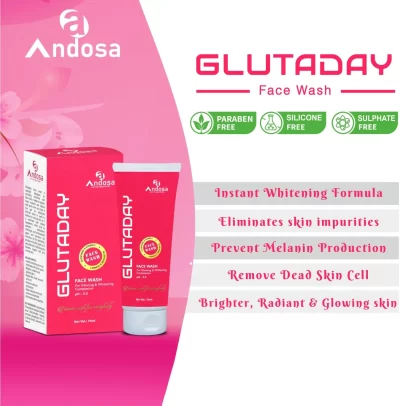


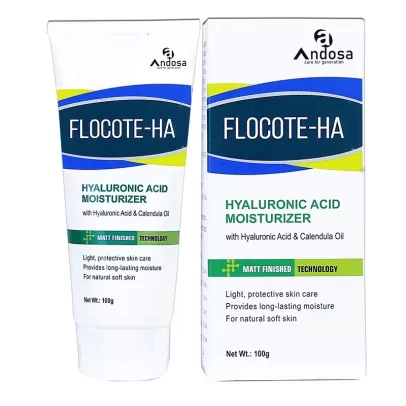

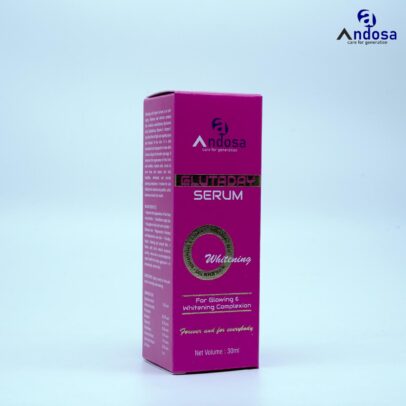
Reviews
There are no reviews yet.